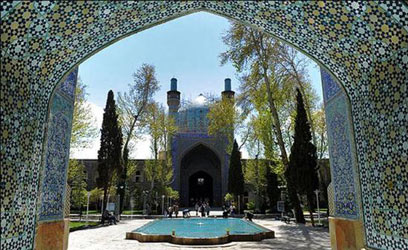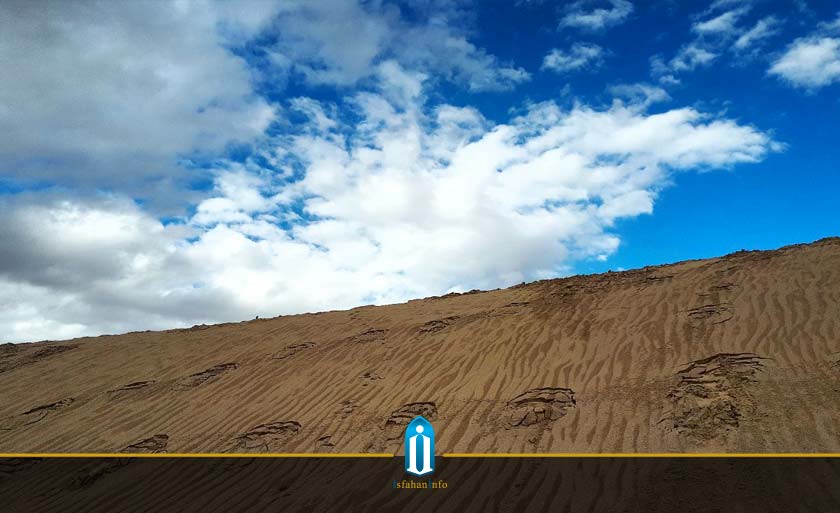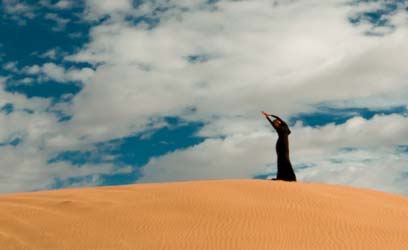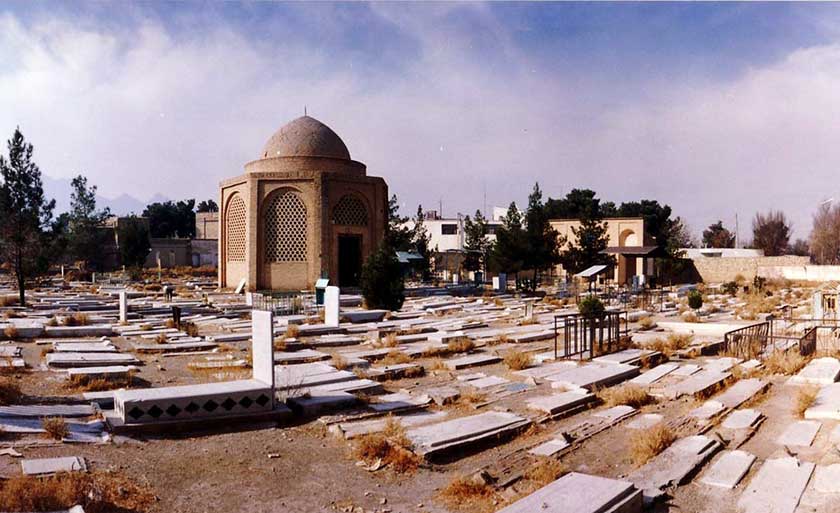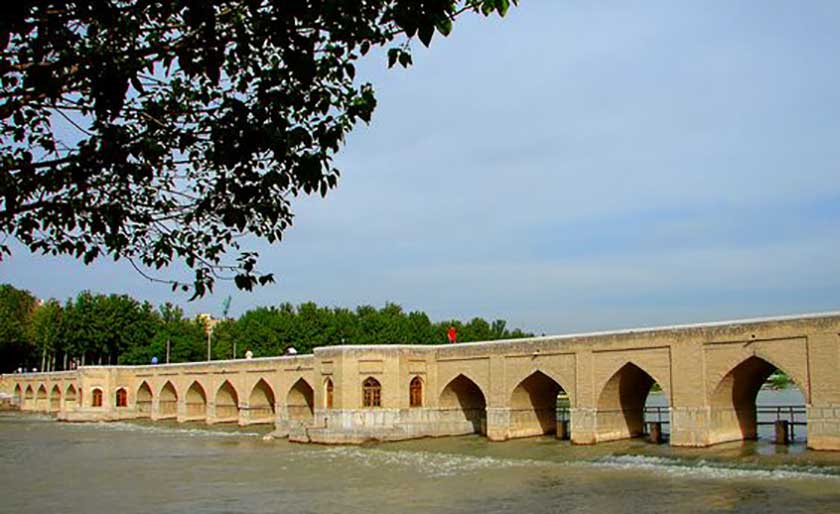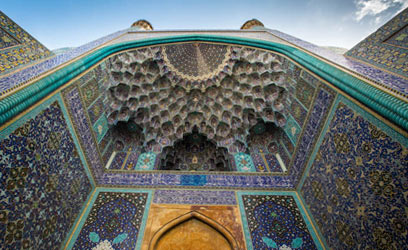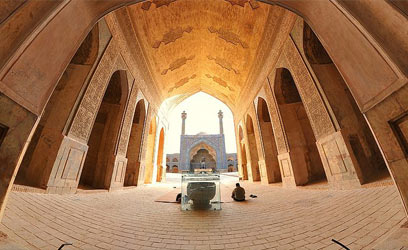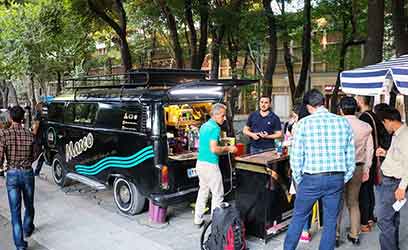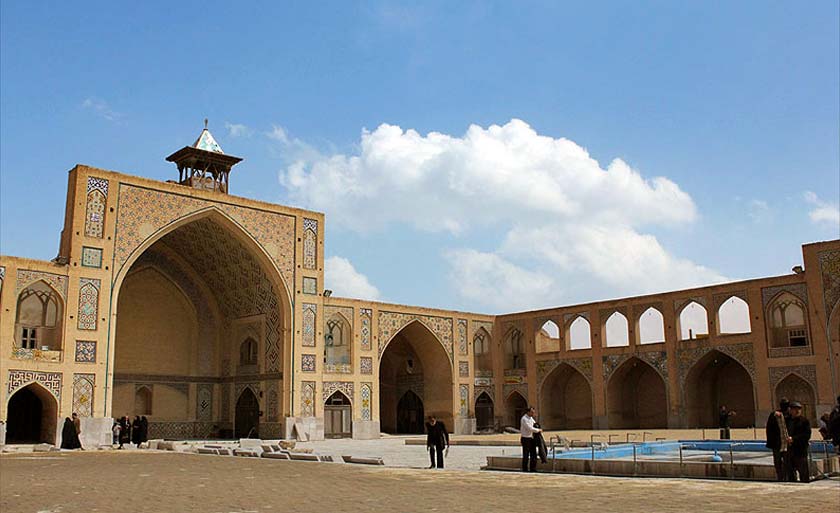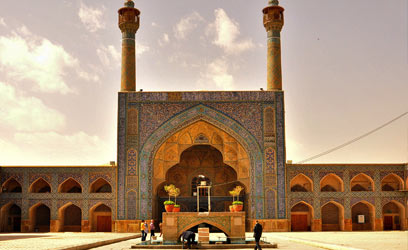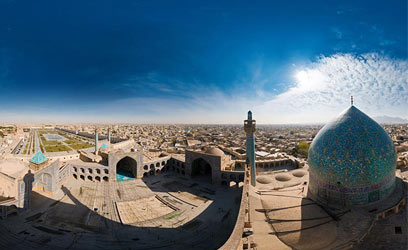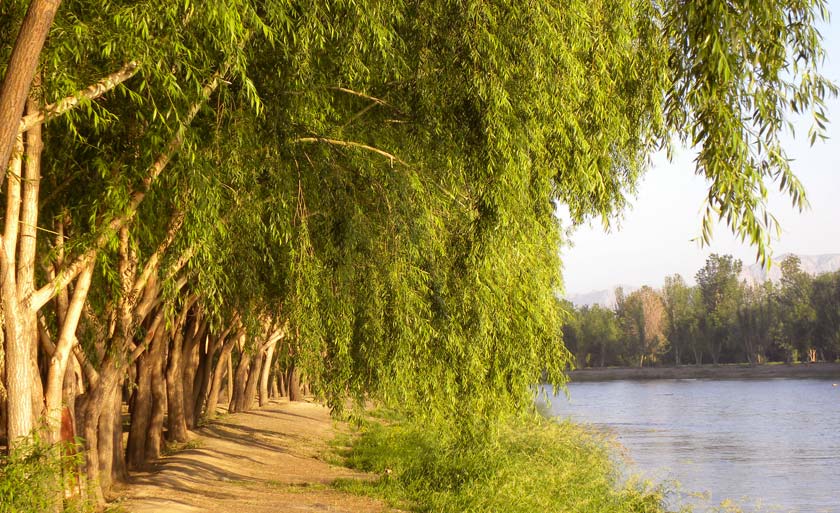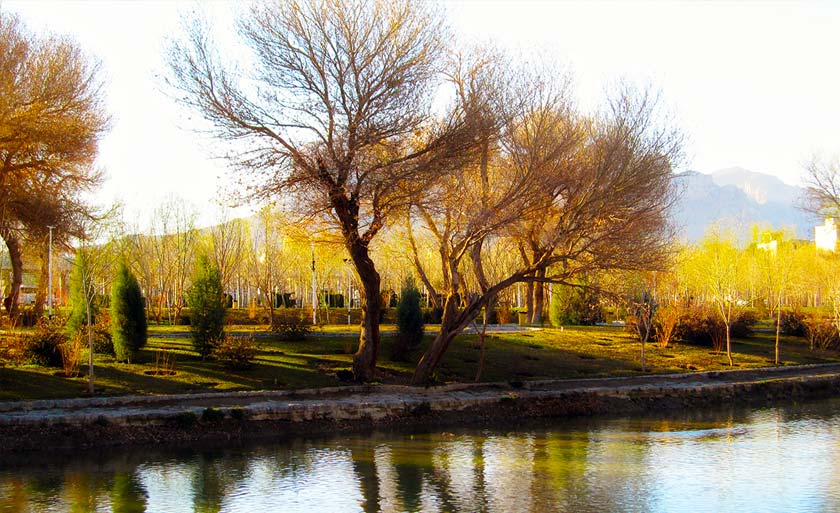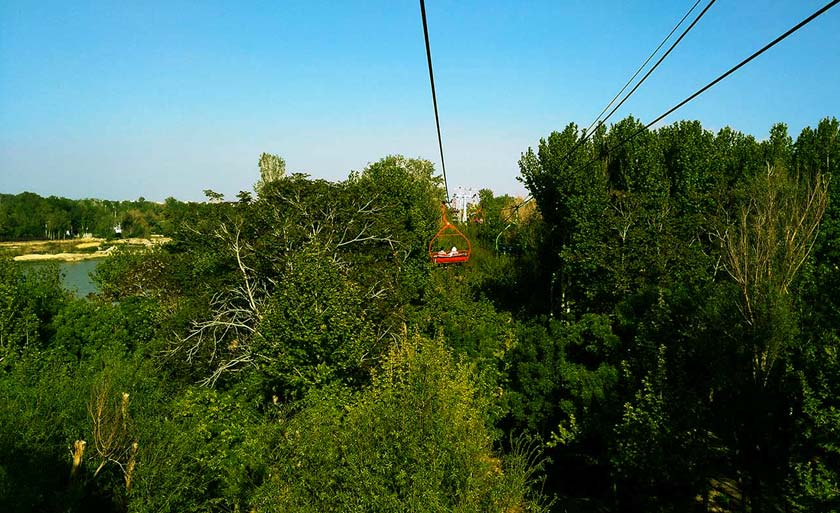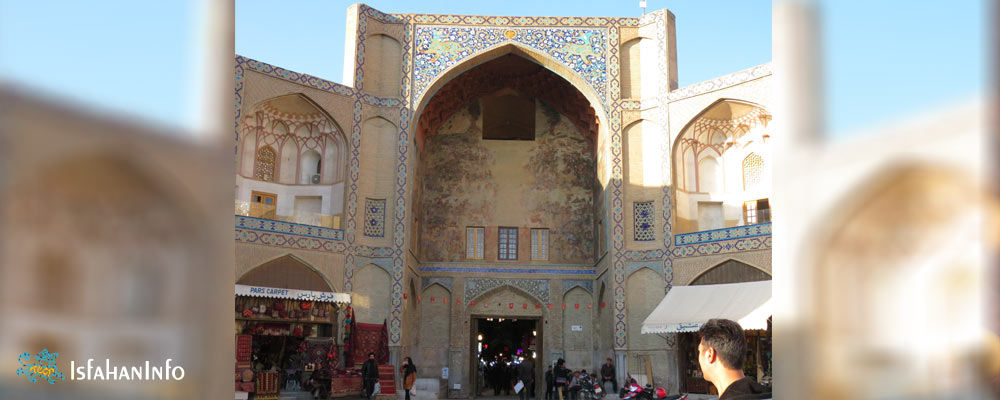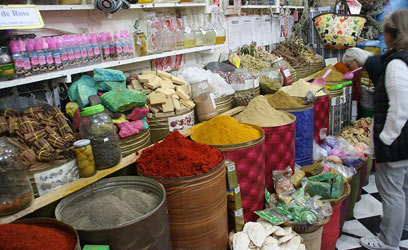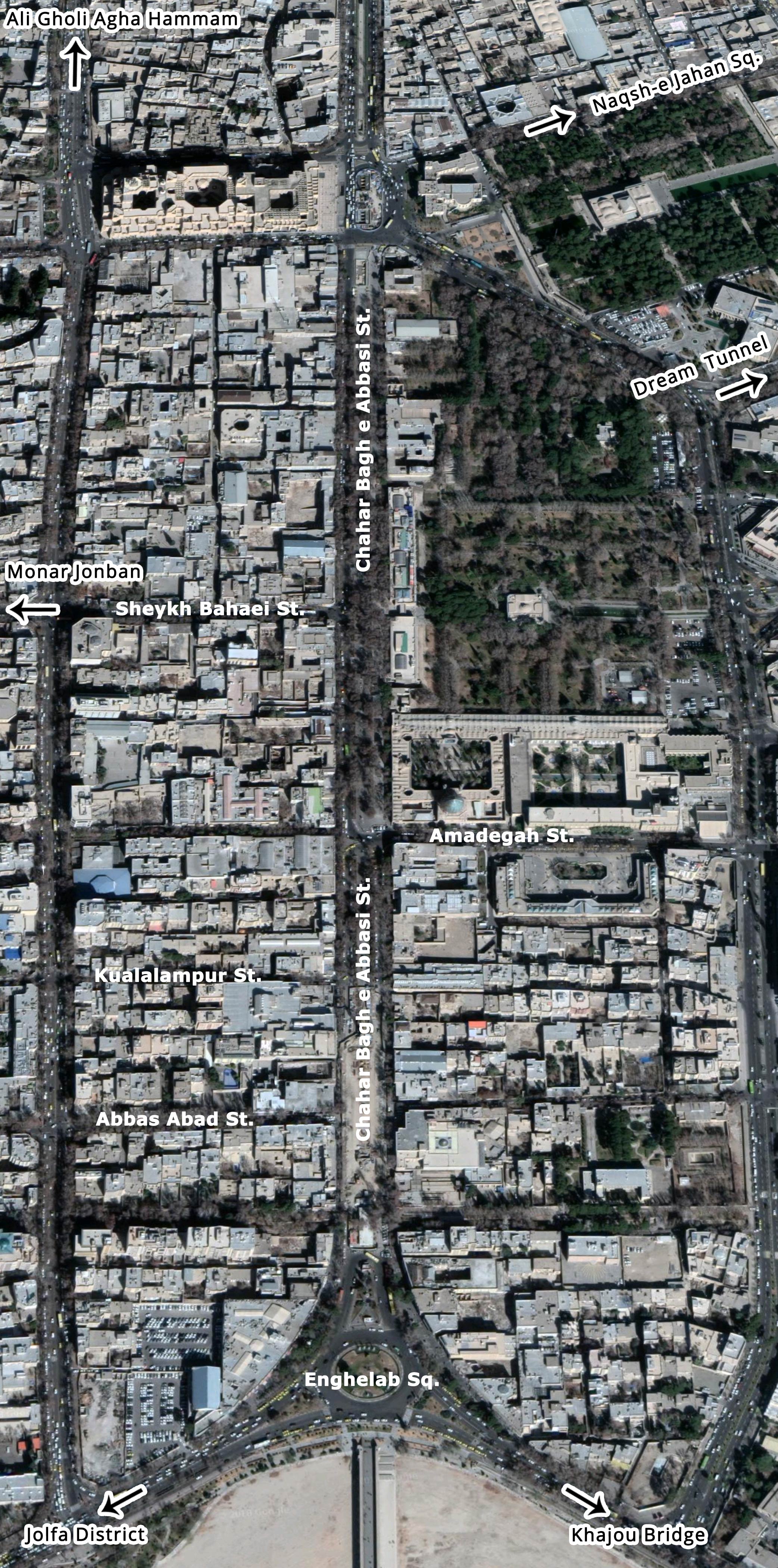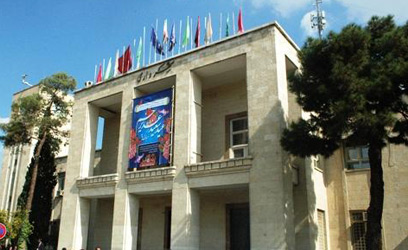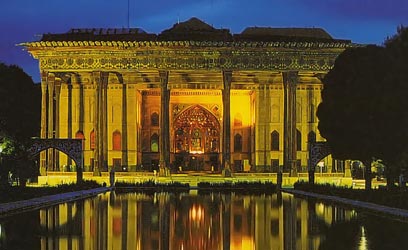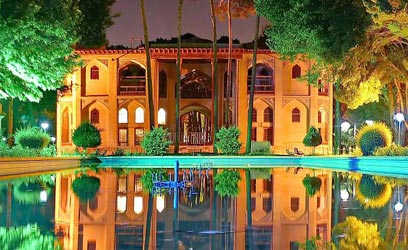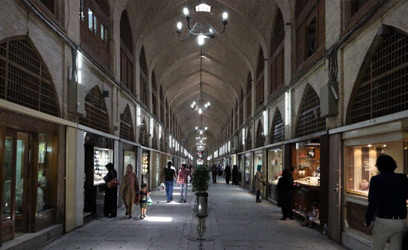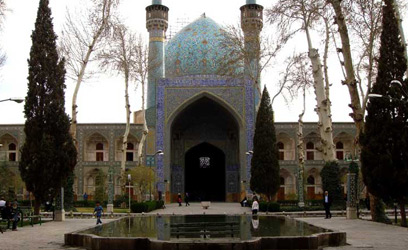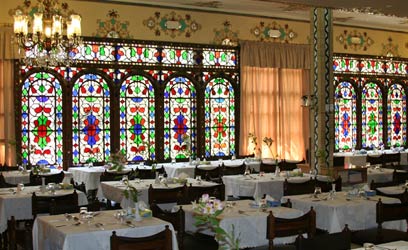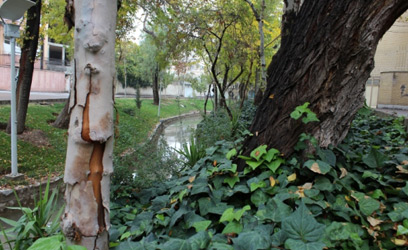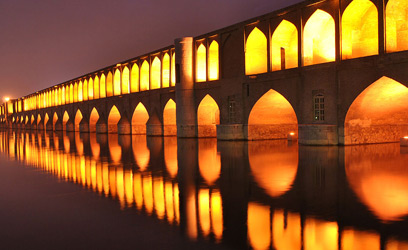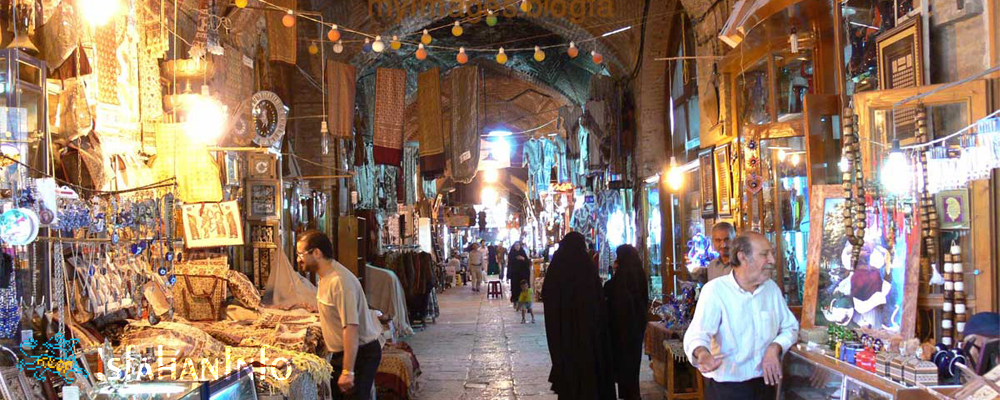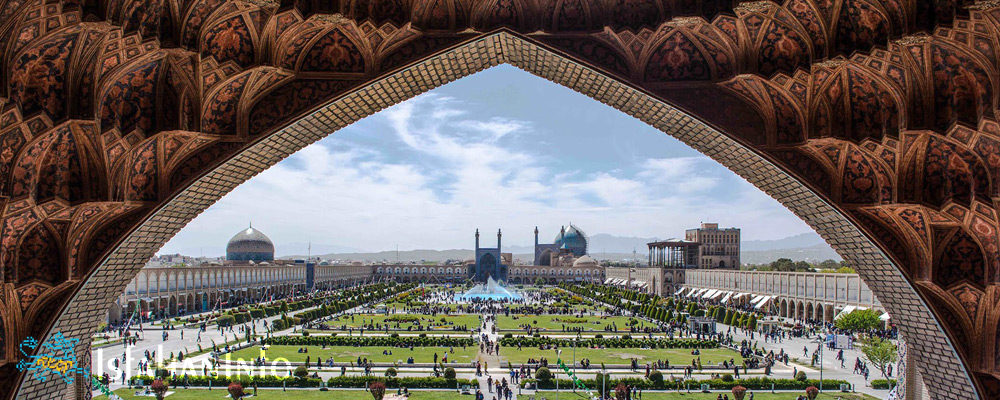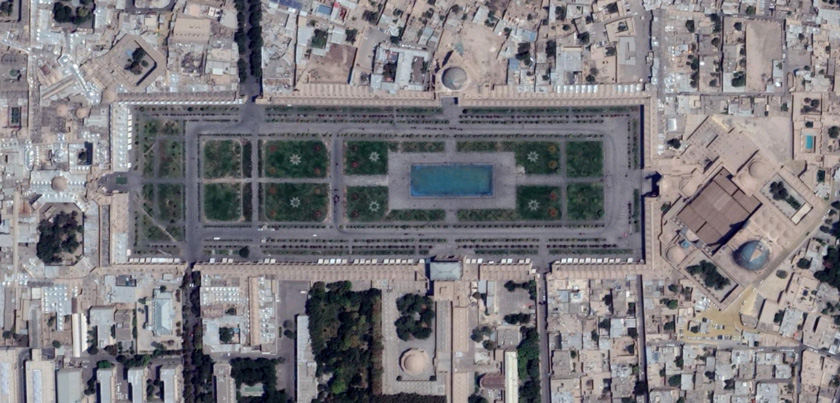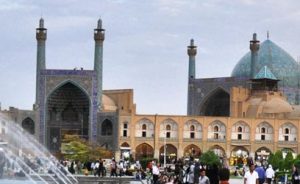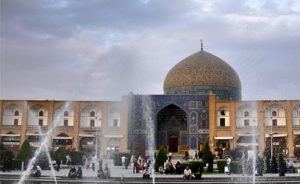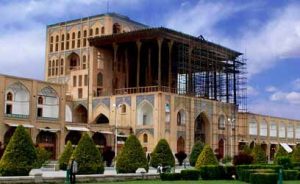Shahrestan Bridge

Out of all the bridges in Isfahan, Shahrestan Bridge is The oldest bridge on Zayandehrud River. This bridge is 107.8 m long and an average of 5.2 m wide. Dating back to the Sasanid Era, Shahrestan Bridge was built close to the ancient hill called Ashraf. With the 13 arches in the bottom and 8 on the top, this bridge has an imposing structure with two levels of arches. The bridge was constructed in this way to quicken the passage of water.
Parabolic shapes of the Shahrestan Bridge
The vertical parabolic structure of it would take the pressure away while the caravans where passing through the bridge with their cargo. This means that the middle point of the bridge is the highest compared to other parts. The horizontal parabolic feature creates a bend to the west side of the bridge. This strengthen the bridge against the river flow.
The history of Shahrestan Bridge
It has been said that Shahrestan Bridge was used for military purposes during a period of time in the past. This bridge has been renovated 4 times. The renovation done during the 10th century was in a way that the bridge is now very close to how it would have during Sasanid era.
Visiting this iconic bridge surrounded by parks and amazing landscape is hard to beat for a relaxing day trip. Shahrestan Bridge was inscribed on Iran’s National Heritage List in 1970.
Overview
Opening Hours
7/24
Location
Salman Farsi St. Bozorgmehr Sq. Isfahan, Iran
Contact
(+98) –
Price
Free

